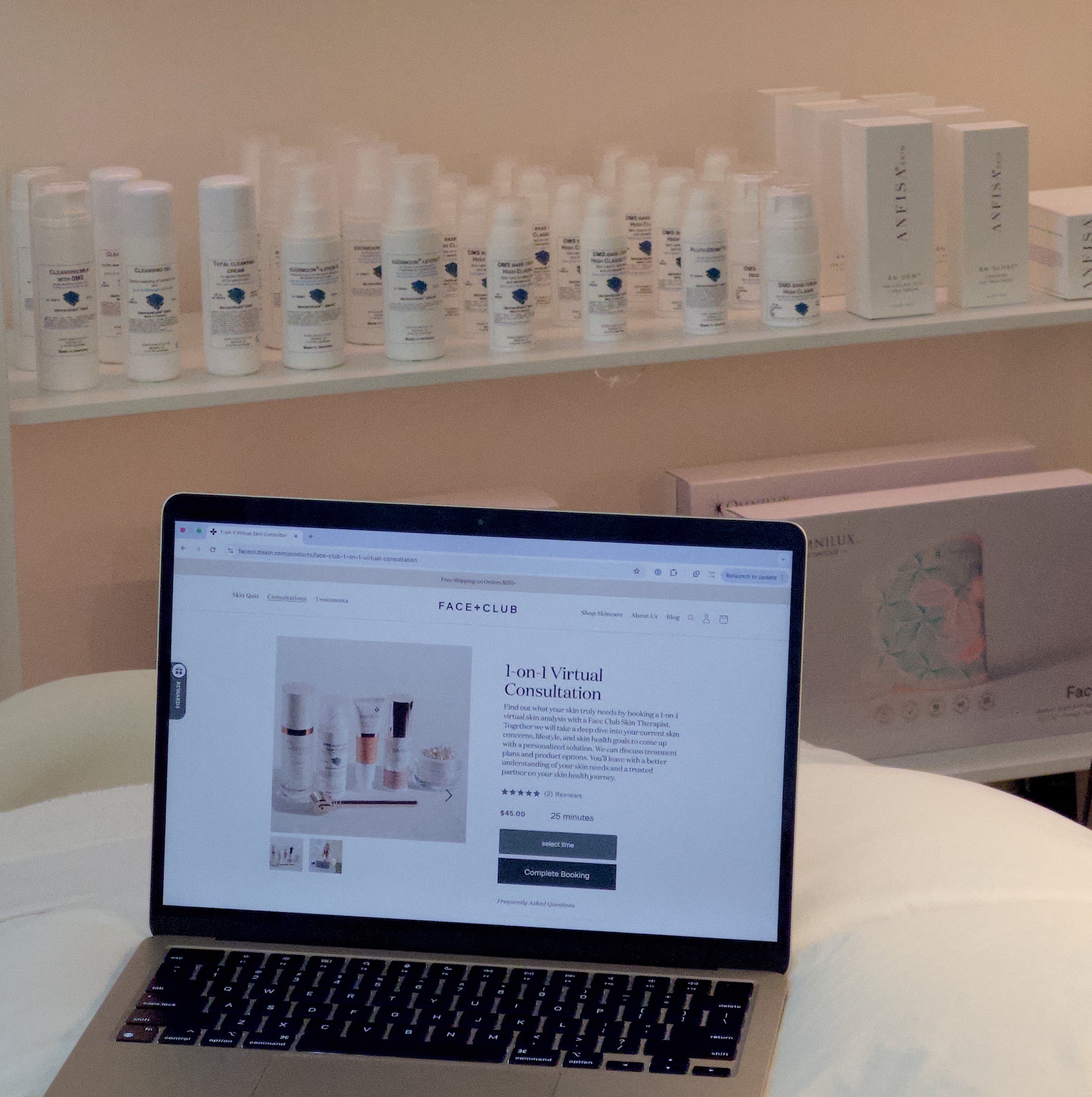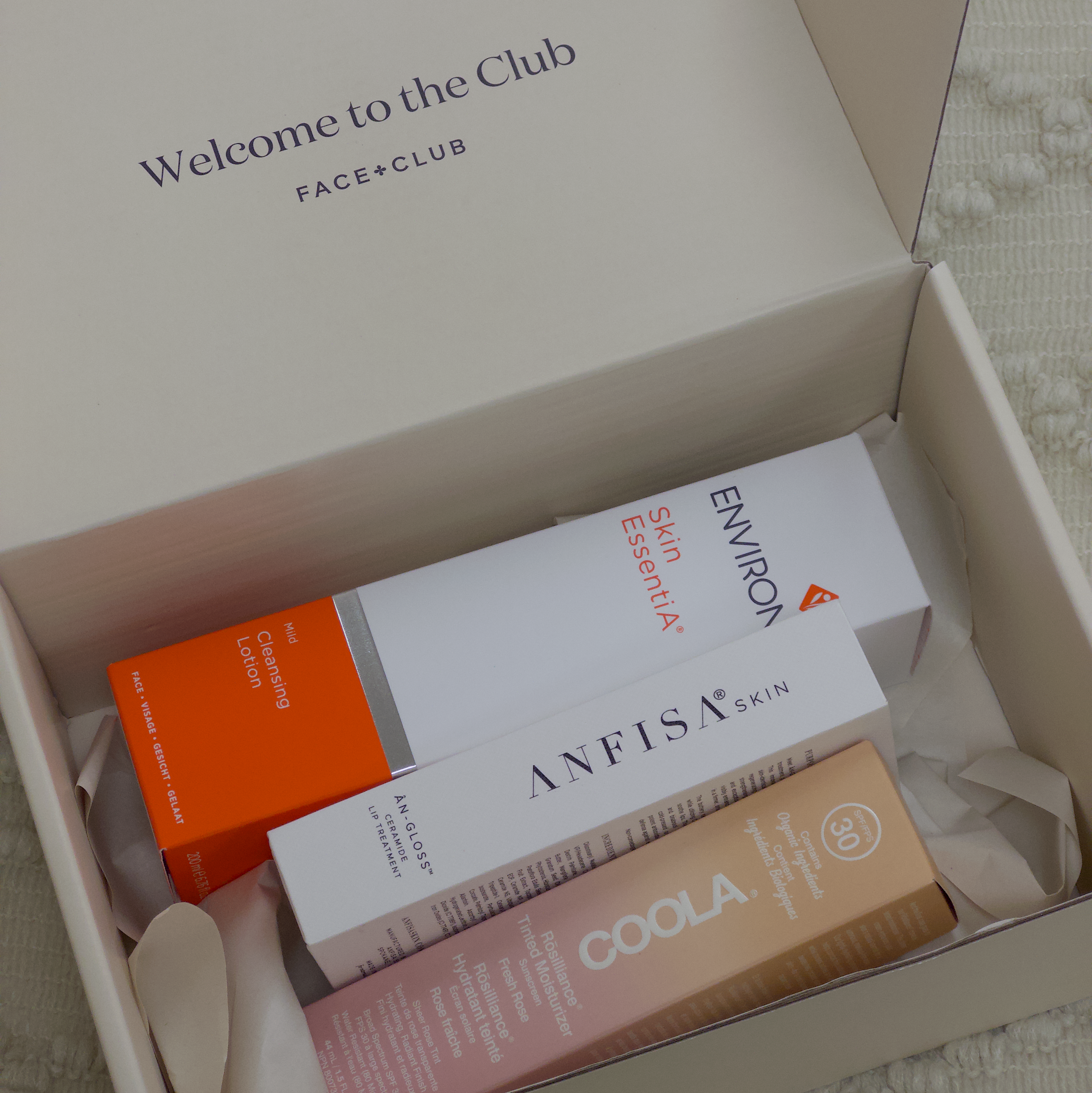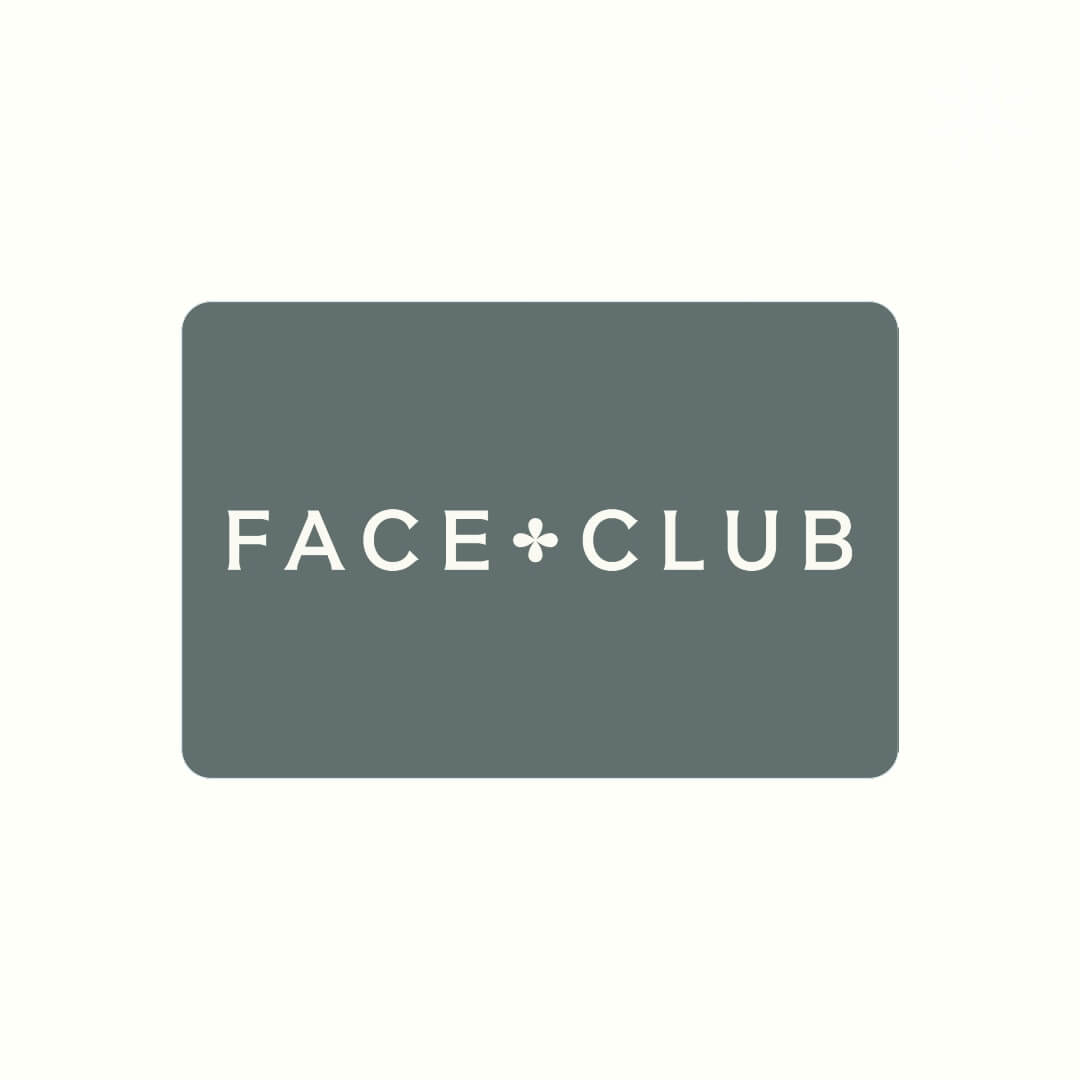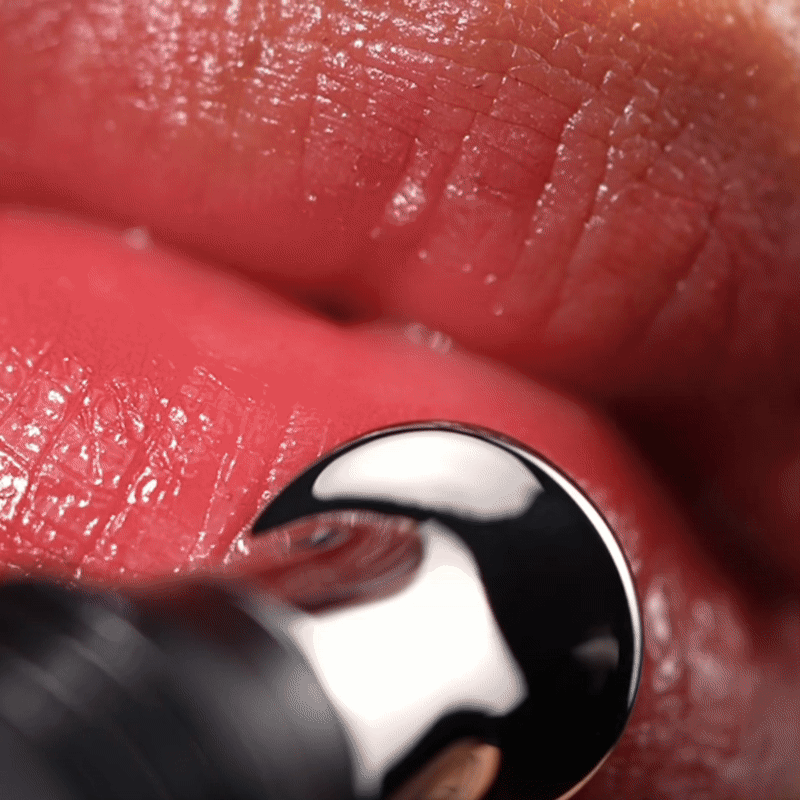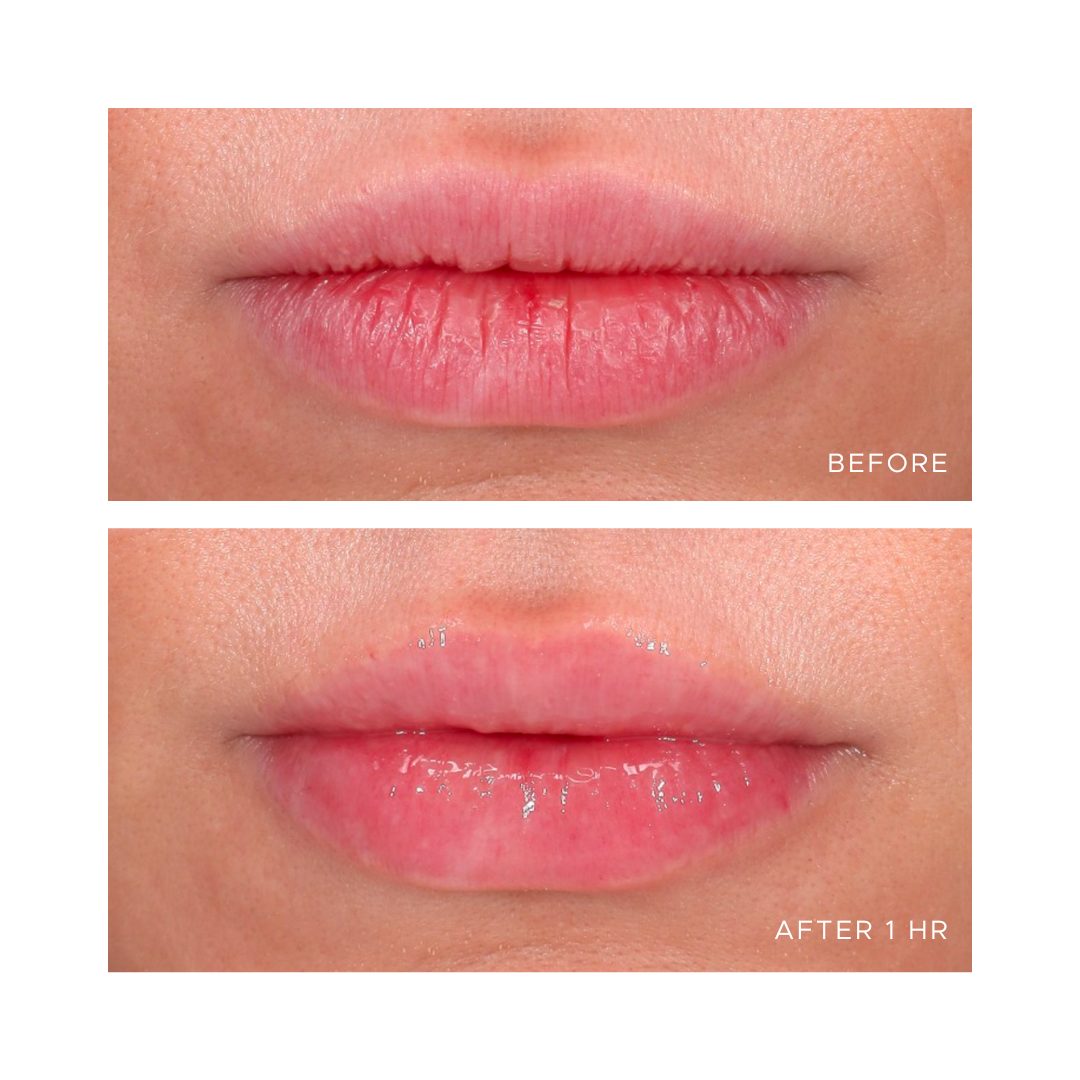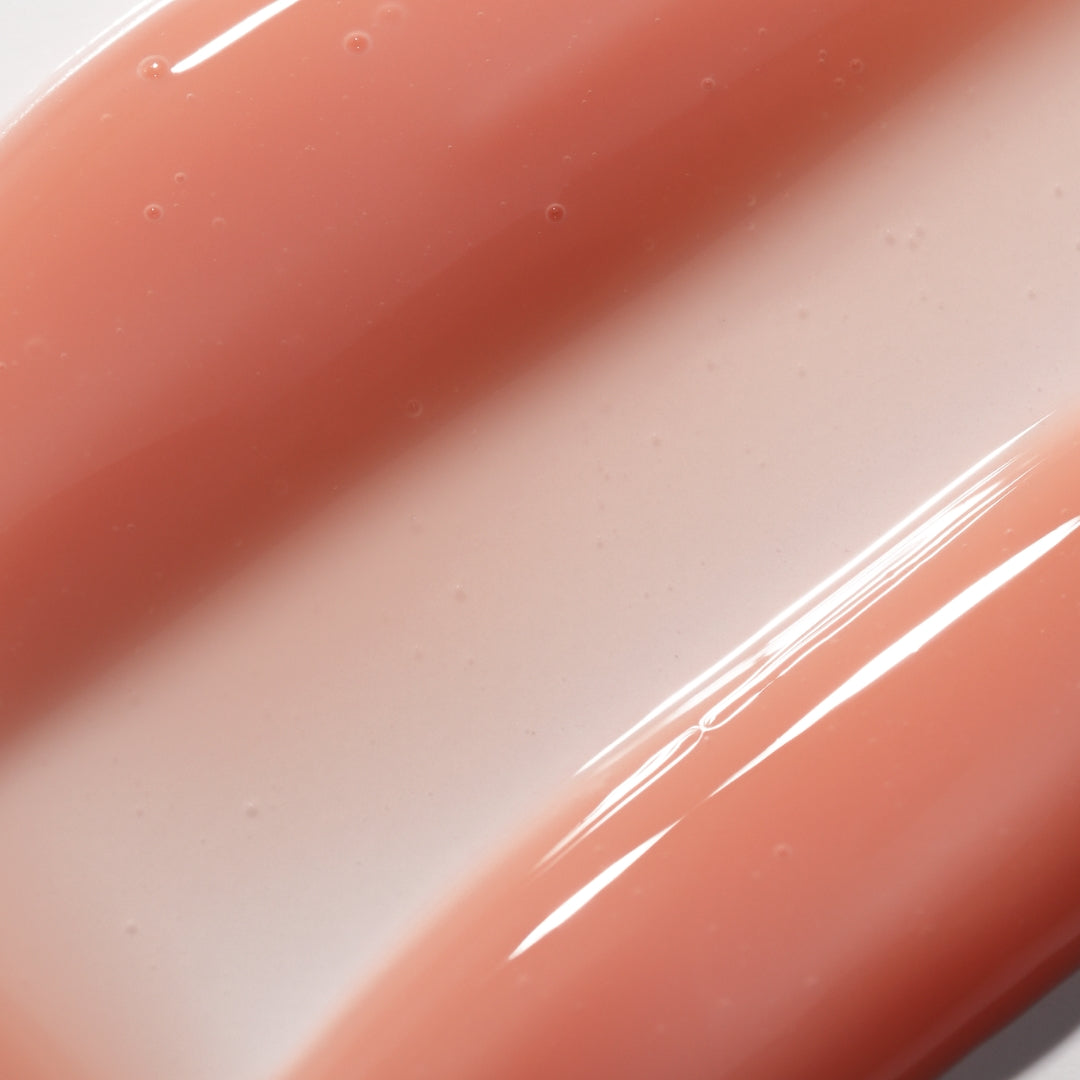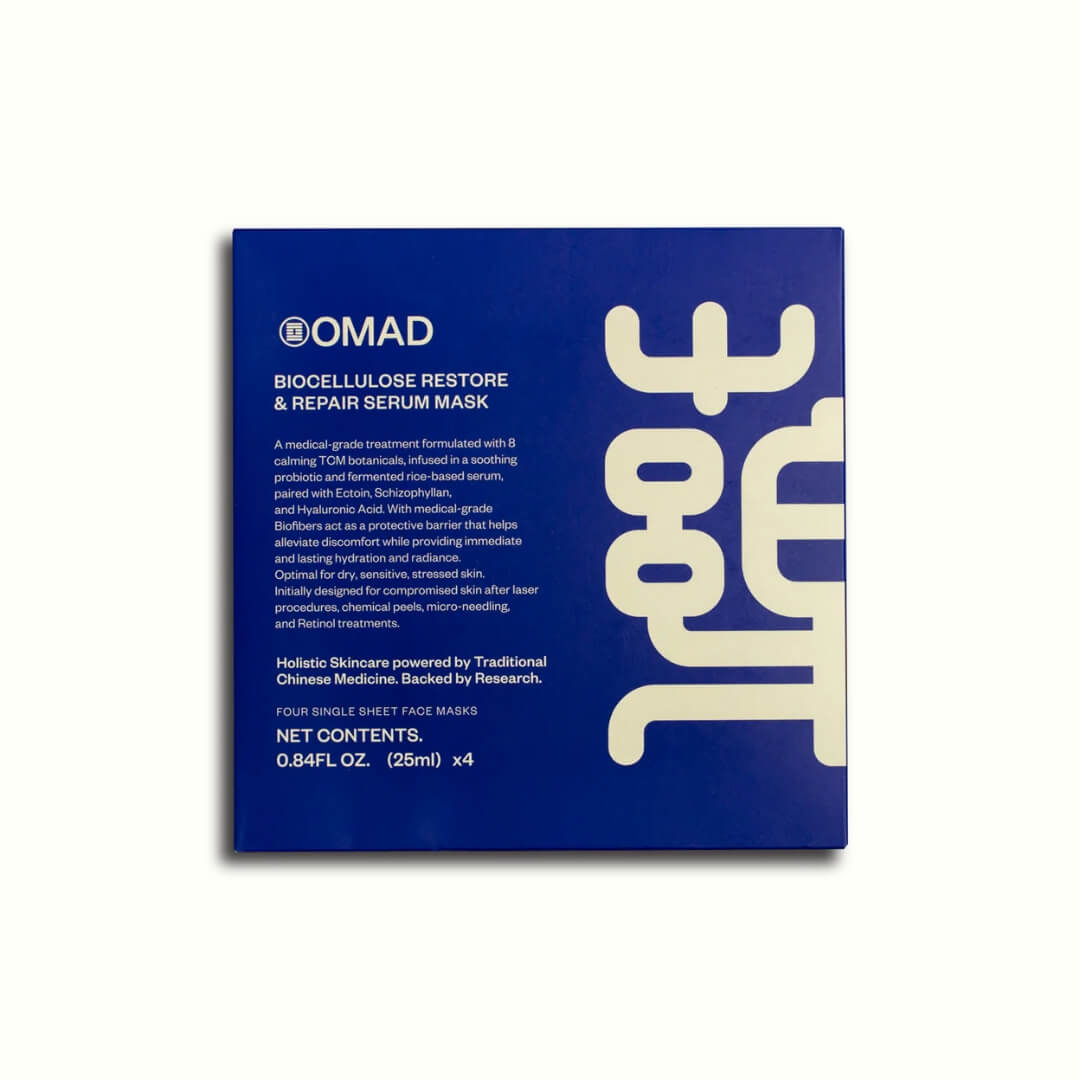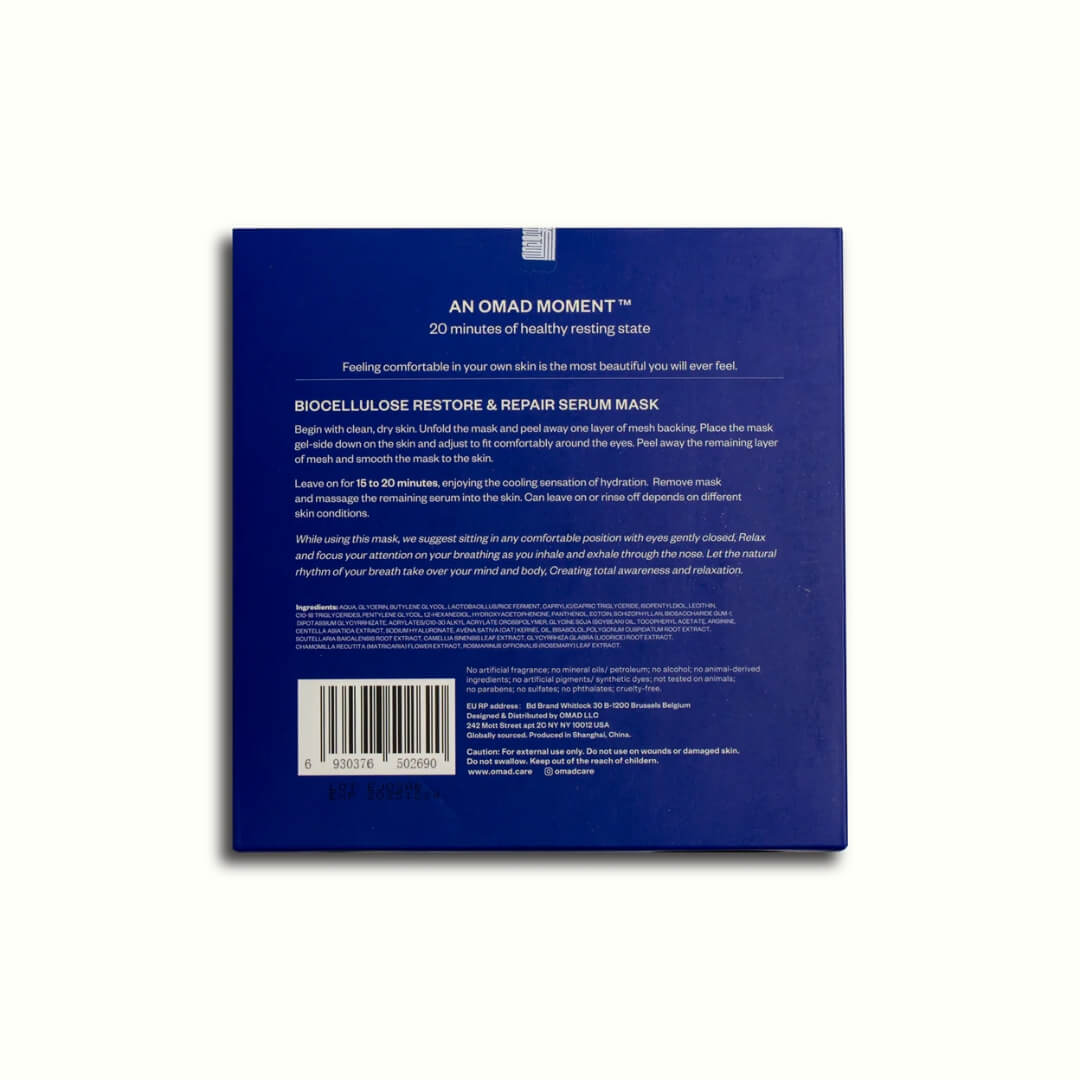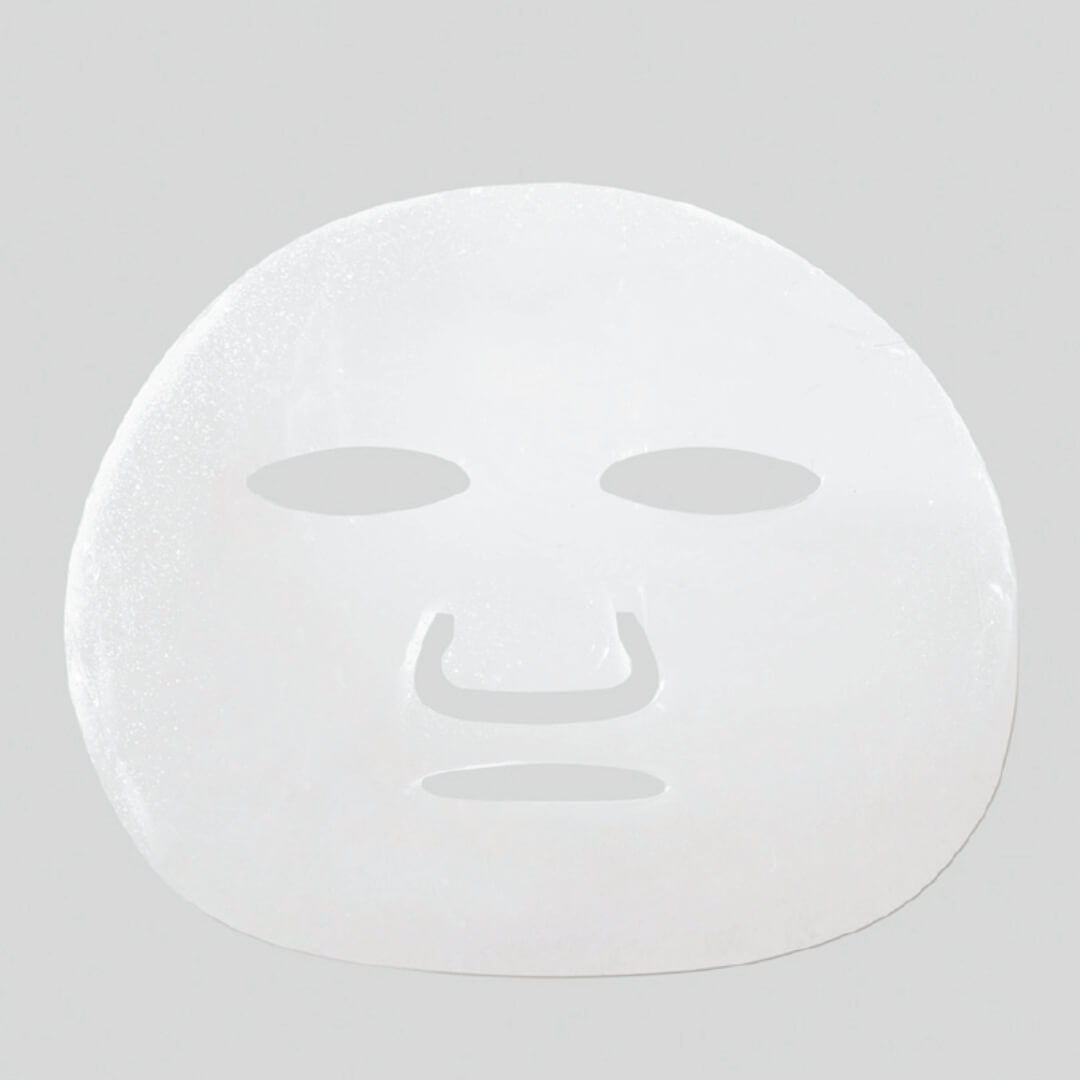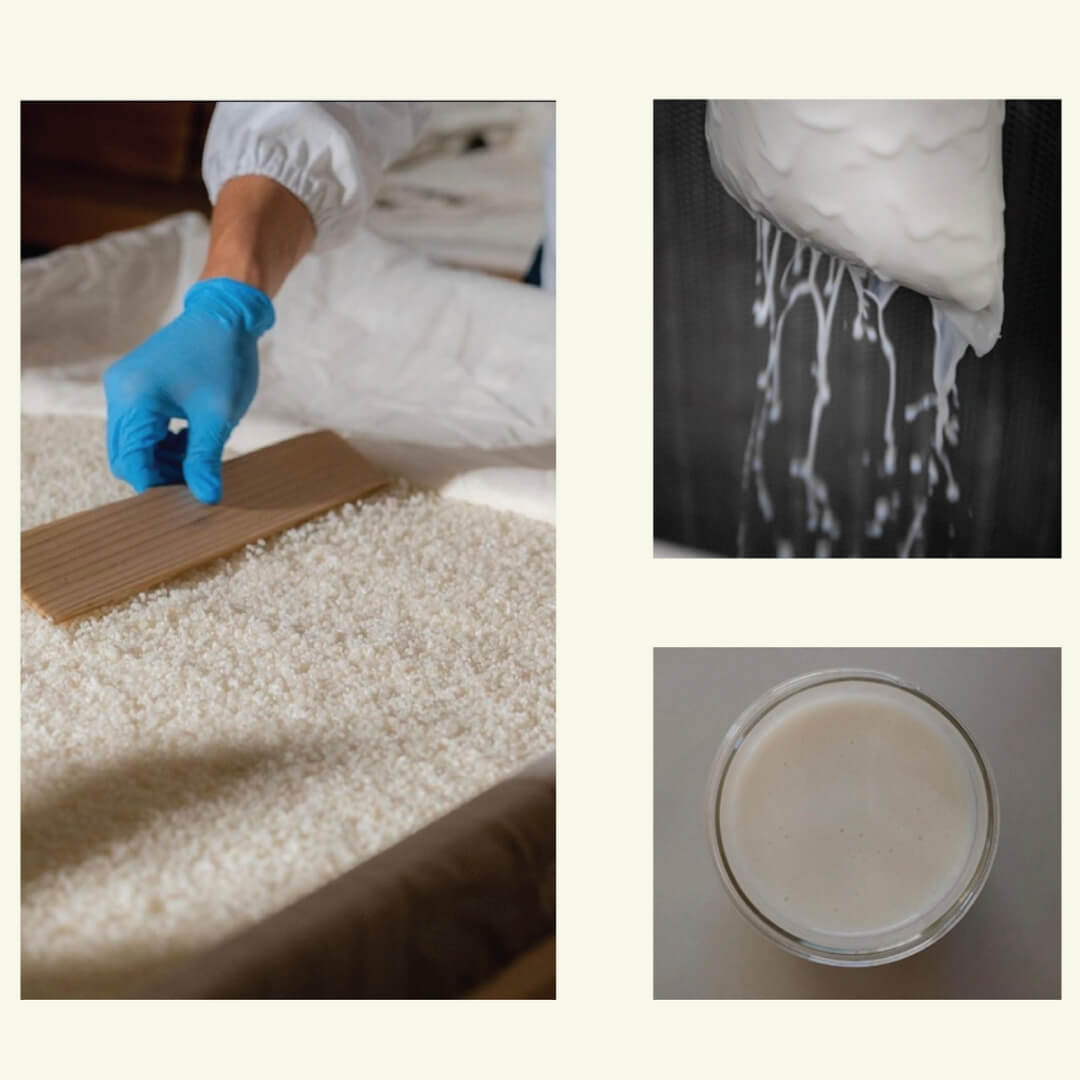"Exfoliate your dead skin cells" is one of the most overused skincare phrases. While this can make your skin feel baby soft in the moment, frequent exfoliation can trigger a cascade of issues — barrier impairment, dehydration, and inflammation.
According to corneotherapy (the skin science behind Dermaviduals and Pastiche that we live by), that idea misses what is really happening on the surface of your skin.
What Actually Happens to Skin Cells
Every skin cell begins life deep within the basal layer of the epidermis as a keratinocyte. As it matures and moves upward, it gradually loses its nucleus and internal structures in a process called keratinisation.
By the time it reaches the surface, it has transformed into a corneocyte, a strong, flat, protein-filled cell surrounded by a lipid envelope.
Corneocytes are technically biochemically inactive, but they are far from "dead waste." They are the building blocks of your skin barrier.
The Stratum Corneum: Living Protection, Not Dead Skin
Your outermost layer, the stratum corneum, is a precisely organized system made of:
-
Corneocytes (the "bricks")
-
Lipids (the "mortar"), mainly ceramides, cholesterol, and fatty acids
This structure prevents transepidermal water loss (TEWL), protects against irritants, and even sends biochemical signals to the living layers below.
So when you hear "remove your dead cells," think twice. Those "dead" corneocytes are part of your skin’s living defense system.
The Corneotherapy Approach: Respect the Corneocyte
Corneotherapy, taught by the Pastiche training program and embodied by Dermaviduals skincare, focuses on preserving the integrity of the stratum corneum.
Instead of stripping away the top layer with acids or peels, corneotherapy works to support the skin’s natural renewal process through lipid-rich, barrier-repairing formulations.
At Face Club, we use Dermaviduals cleansers, toners, and moisturizers, that mimic the skin’s natural composition to help corneocytes stay hydrated, flexible, and cohesive rather than forcing them off prematurely.
Due to the customization and active nature of Dermaviduals products, they must be prescribed by your skin therapist through a virtual consultation, our online Skin Quiz, or in-person appointment. To start, take our Skin Quiz to unlock access to the Dermaviduals range.
Microneedling: Resurfacing Without Disruption
If your goal is skin rejuvenation without compromising your barrier, microneedling is the gold standard. Unlike peels or lasers that burn, scrape, or peel away corneocytes, microneedling works through microchannels, leaving the epidermis intact while stimulating collagen and elastin production from within.
This means your skin barrier stays strong and your results come from regeneration, not removal.
At Face Club, our Microneedling Facial follows the corneotherapeutic principle to protect first, then repair and renew.
So, Do Skin Cells Really Die?
In simple terms, not exactly.
Corneocytes are no longer "living" cells, but they are biologically active structures that protect, communicate, and regulate the health of your skin.
Calling them "dead" ignores their purpose. They are the result of a perfectly orchestrated process designed to keep you protected and hydrated.
When you support that natural process rather than strip it away, your skin becomes healthier, stronger, and more resilient over time.
Key Takeaway
Healthy skin is not about removing what is on the surface.
It is about respecting it.
Explore our barrier-first approach with Dermaviduals products, and Microneedling treatments to optimize the skin’s natural life cycle from the inside out.

